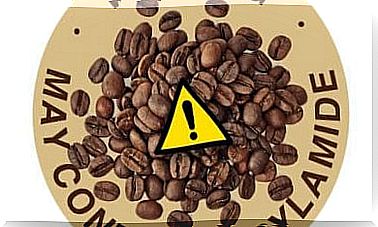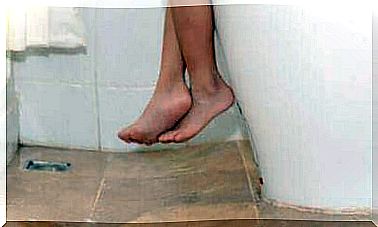Ampicillin: Doses And Precautions
The cell wall is a vital structure for bacteria. Indeed, if they are not able to synthesize it, they die. To inhibit the synthesis of this structure, ampicillin blocks the last phase of its formation. Find out more by reading this article!
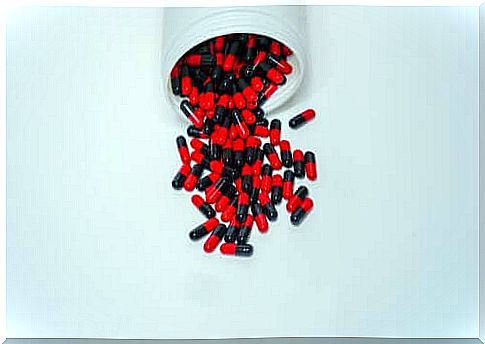
Ampicillin is an antibiotic drug that belongs to the penicillin family. It is a beta-lactam antibiotic. It is the first semi-synthetic penicillin developed.
It was synthesized by the GlaxoSmithKline laboratory between 1959 and 1961. It has been used since 1961 in the treatment of numerous infections of bacterial origin.
Ampicillin was developed due to the resistance of bacteria to penicillin. After this fact, the researchers wanted to find a drug with a broader spectrum than this.
It is, along with amoxicillin, one of the main aminopenicillins on the market. It is used to treat infections produced by gram +, gram – bacteria and anaerobic microorganisms. However, we will discuss the clinical use of this drug later in the article.
How does ampicillin work on the body?
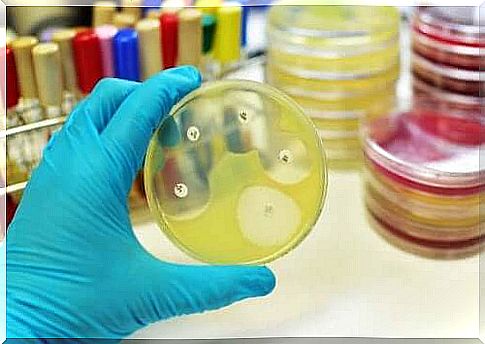
It is a bactericidal antibiotic. That is, it is capable of producing the death of the pathogenic microorganism. Its antimicrobial action is due to its ability to inhibit the synthesis of the cell wall of bacteria.
The cell wall is a vital structure for bacteria. If they are not able to synthesize it, they die. To inhibit the synthesis of this structure, ampicillin blocks the last phase of its formation. In other words, it binds to proteins known as PBPs ( Penicillin-Binding Proteins). These are specific to the bacterial cell wall.
By blocking the synthesis of the wall, ampicillin causes the final death of the bacteria. However, there is a series of bacteria that have a mechanism of resistance to this type of antibiotics. They have enzymes called beta-lactamases, which are able to break down the chemical structure of ampicillin, making it ineffective.
Ampicillin indications
As mentioned above, ampicillin is used to treat bacterial infections. In other words, it is indicated to fight the diseases triggered by some of these bacteria:
- Listeria monocytogenes
- Haemophilus influenzae which do not produce beta-lactamases
- Neisseria meningitidis
- Bordetella pertussis
Ampicillin is therefore used in the treatment of infections caused by microorganisms sensitive to this drug. Mention may in particular be made of otitis media, sinusitis and cystitis.
Pharmacokinetics: what happens to ampicillin in the body?
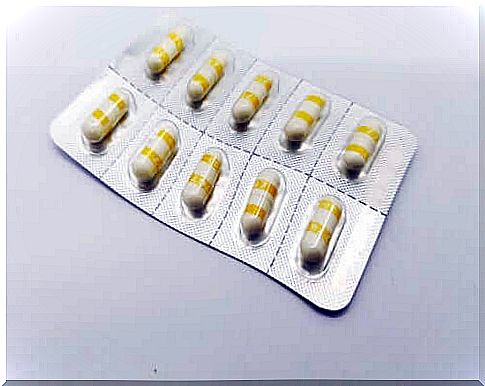
Pharmacokinetics unites the processes of absorption, distribution, metabolism and elimination of a drug. In this sense, ampicillin can be administered orally or parenterally, depending on the needs of the patient. Oral absorption is approximately 30-55% of the dose.
It should be taken into account that if you take ampicillin orally after eating, absorption will be inhibited. Therefore, this medication should be taken on an empty stomach.
Once absorbed, this drug requires plasma protein for distribution, although this is a small percentage. It is widely distributed. It is even able to work the blood brain barrier. That is why it is useful in the treatment of meningitis. However, it does not cross the placenta.
Finally, it metabolizes into inactive molecules. It is usually eliminated through urine.
Dosage: what are the recommended doses?
A distinction must be made, depending on the mode of administration (parenteral or oral). First of all, for the parenteral route, the recommended doses are:
- Adults and young people: it can be administered intravenously or intramuscularly with a dose between 0.5 and 1 g every 6 hours
- Children and babies: the routes of administration are the same. However, the dose is reduced to 100/200 mg / kg divided into administrations every 4 to 6 hours
As for oral administration, these recommendations should be followed:
- Adults and young people: the dose is between 0.25 and 1 g. It should also be administered every 6 hours. The maximum dose not to be exceeded is 14 g per day
- Children and babies: the dose is 50 to 100 mg / kg / day divided into equal doses every six hours
However, you should follow your doctor’s directions. Antibiotics should never be taken without a prescription.
Conclusion
Ampicillin is a drug that belongs to the penicillin family. Due to the abuse and misuse of this type of medication, their effectiveness has been significantly reduced. Bacteria are becoming more and more resistant. This is why it is important not to self-medicate and to always follow your doctor’s recommendations.

